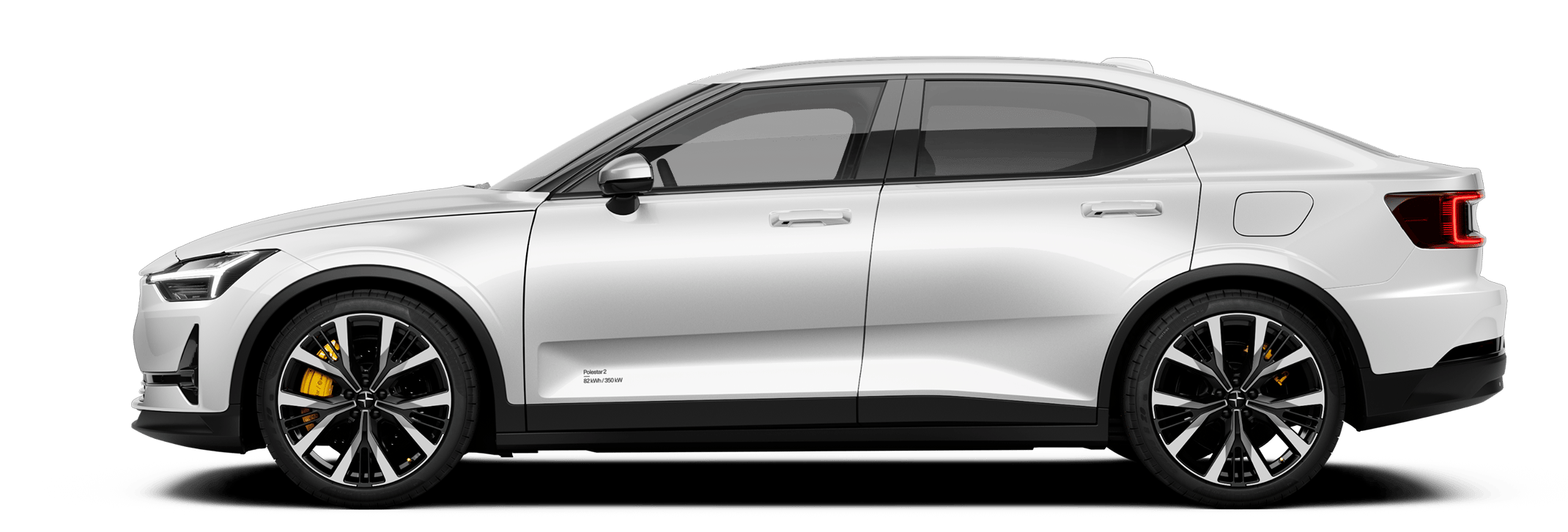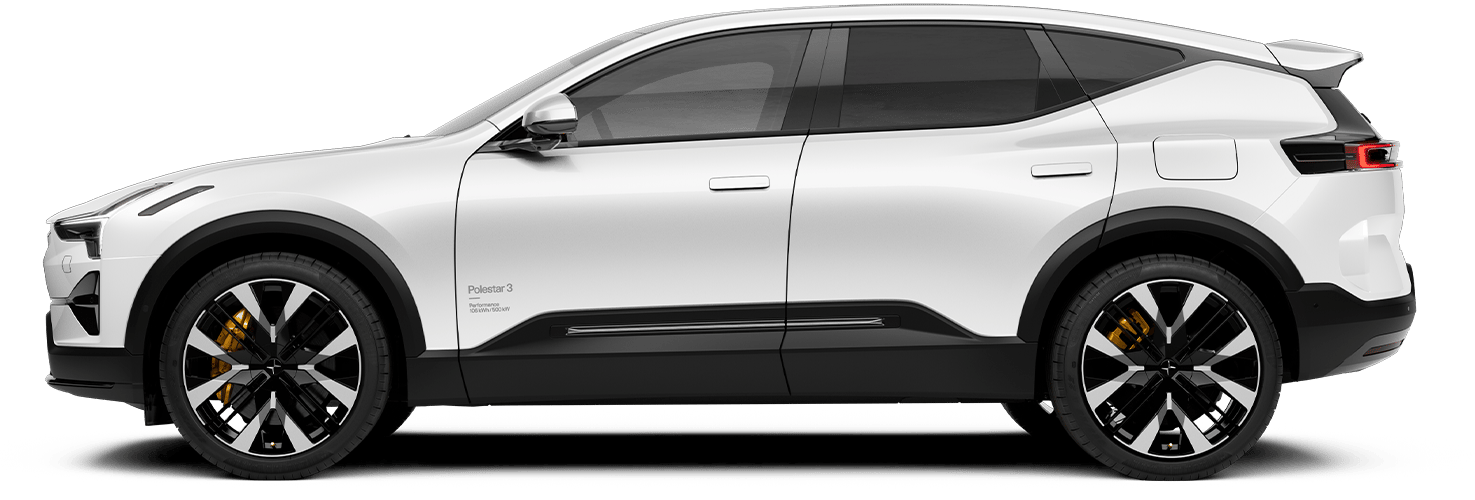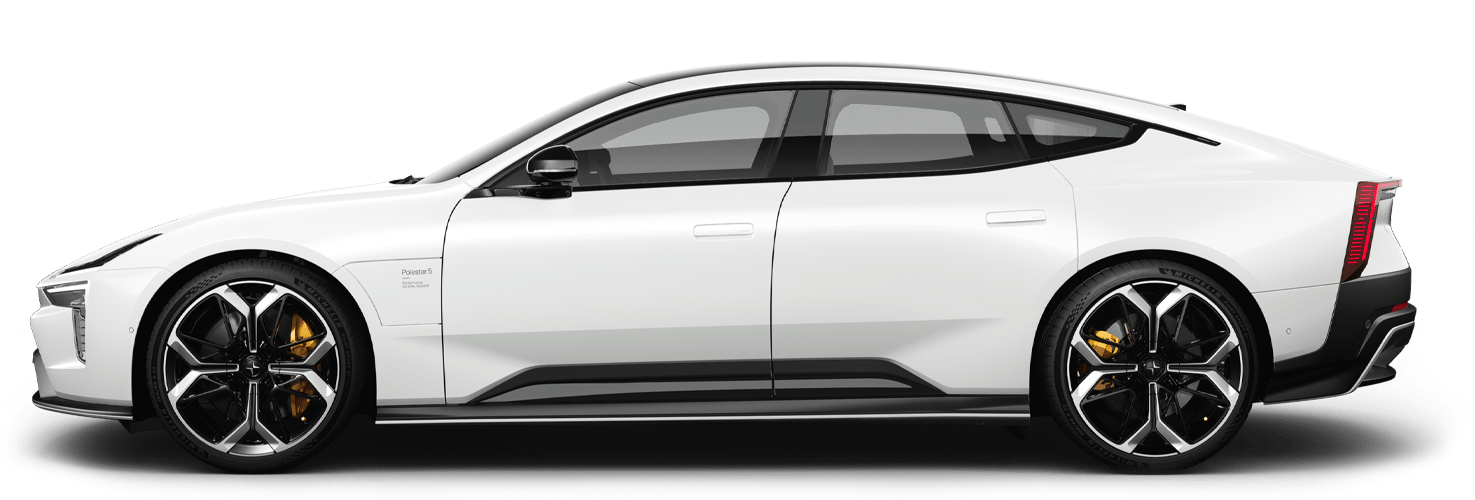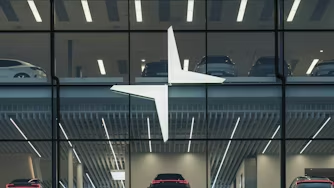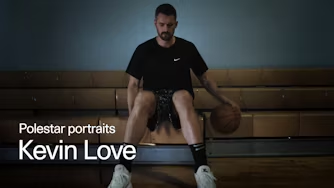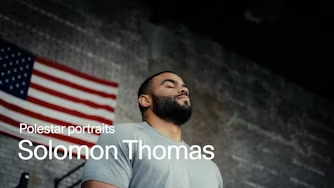Kindred spirits: Houdini
Houdini is a Swedish outdoor brand, committed to sustainability, circularity, and a greater connection to the outdoors. We sat down with Fredrik Hurtig, Houdini’s Head of Brand, to talk about colour theory, our shared love of minimalism, our collaboration, and fleece underwear.
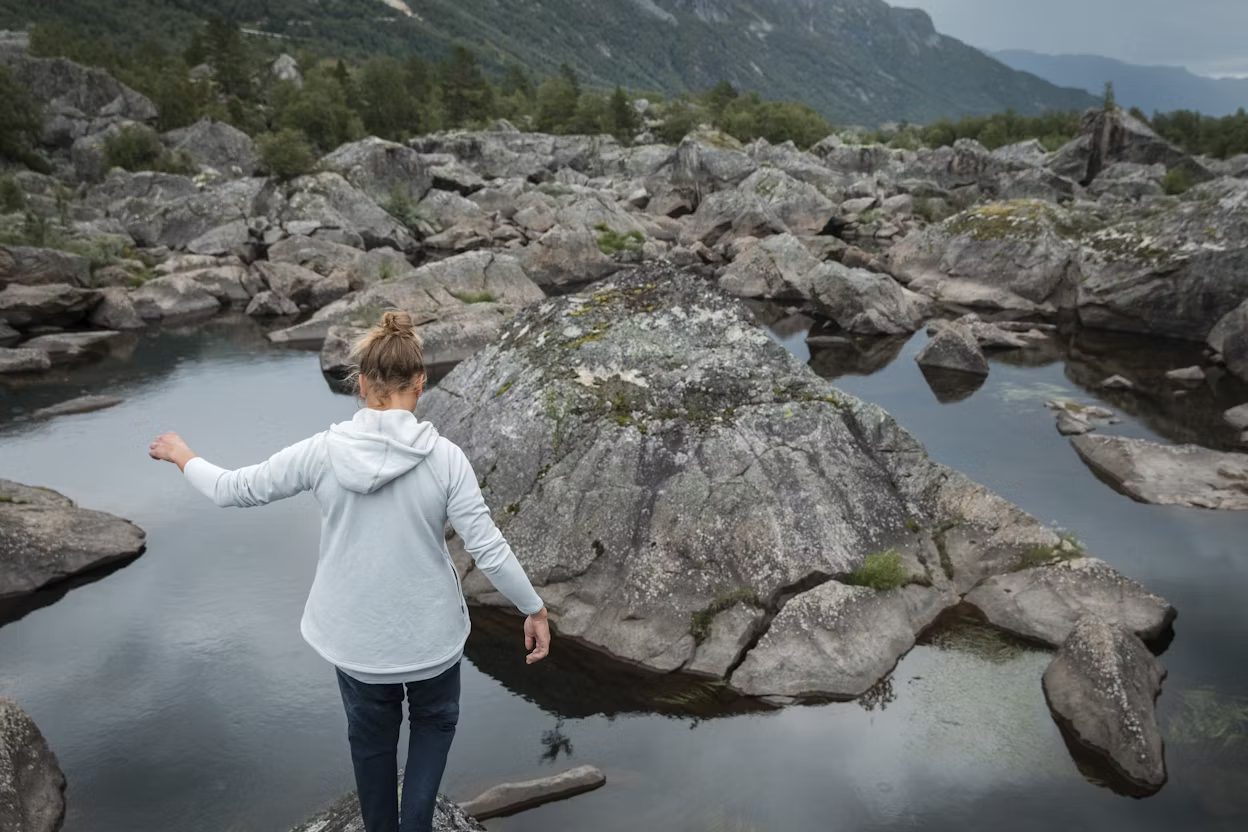
It's really important to not only talk about change, but to actually do something. Without action, change can't happen.
How did Houdini come about?
It was started back in 1993 by a mountaineer named Lotta (Giornofelice). She saw an opportunity to create comfortable and functional underwear, basically. Underwear in fleece, which didn’t exist at that time, and underwear that looked good, which also didn’t exist at that time. She essentially started selling out of her trunk to friends and other people in the mountaineering community. It gained a lot of traction because it was a small company founded and run by a woman, which was fairly non-existent in the outdoor industry at the time, which offered a fresh product which supplied a demand. Our current CEO Eva (Karlsson) joined us in 2001, along with Hanna (Lindblad) who is our global Head of Sales, and that was when the journey started that Houdini is still on today: to be a part of the solution, rather than a part of the problem.
In a nutshell, what is the Houdini philosophy?
It’s summed up nicely in our tagline, which is “Do good, play hard, push boundaries, and have fun.” Houdini needs to be part of the solution, and to change society for the better. That’s the main goal. But we’re also looking to push boundaries, to drive innovation and to change the industry we’re a part of. The majority of Houdini employees are active people, involved in all sorts of outdoor activities, and it’s very important to be part of the community ourselves. And to have fun along the way, of course.
So, do you have to be active to work at Houdini?
Not really, but we do tend to attract people who are into the things Houdini promotes. And it’s a diverse group, from surfing to cycling to climbing to skiing. It’s not centred around a particular activity. Could be anything.
Any particular activity that you partake in?
I mostly cycle, from mountain biking to road biking. But I’m a runner too, in the forest, wherever I can really. I’m also a skier and snowboarder.
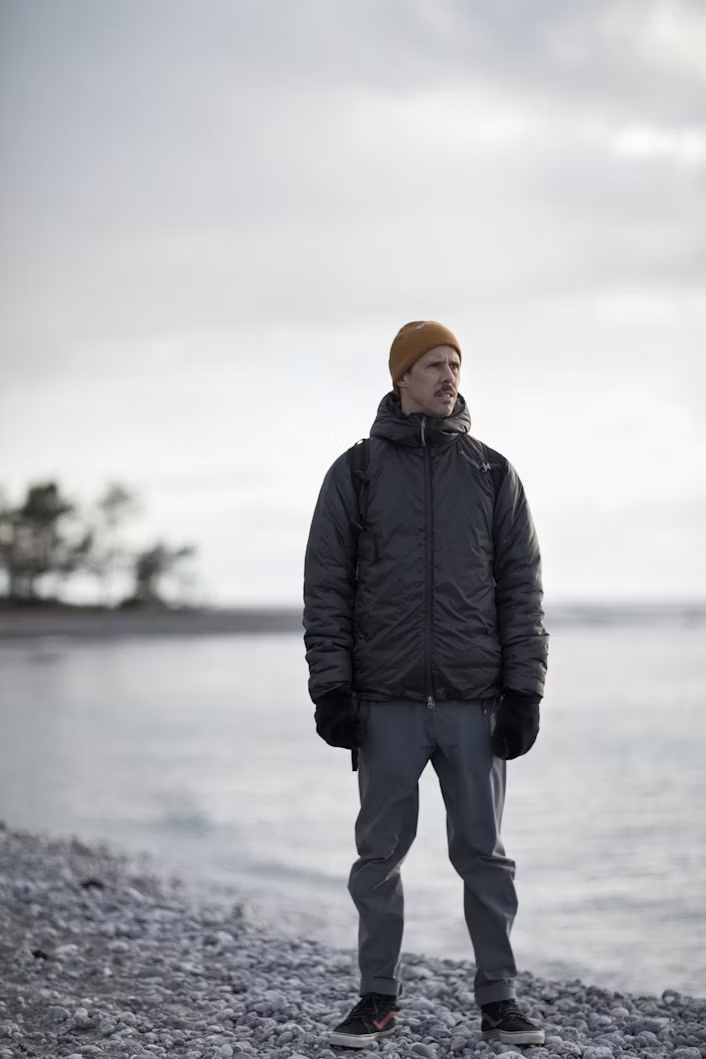
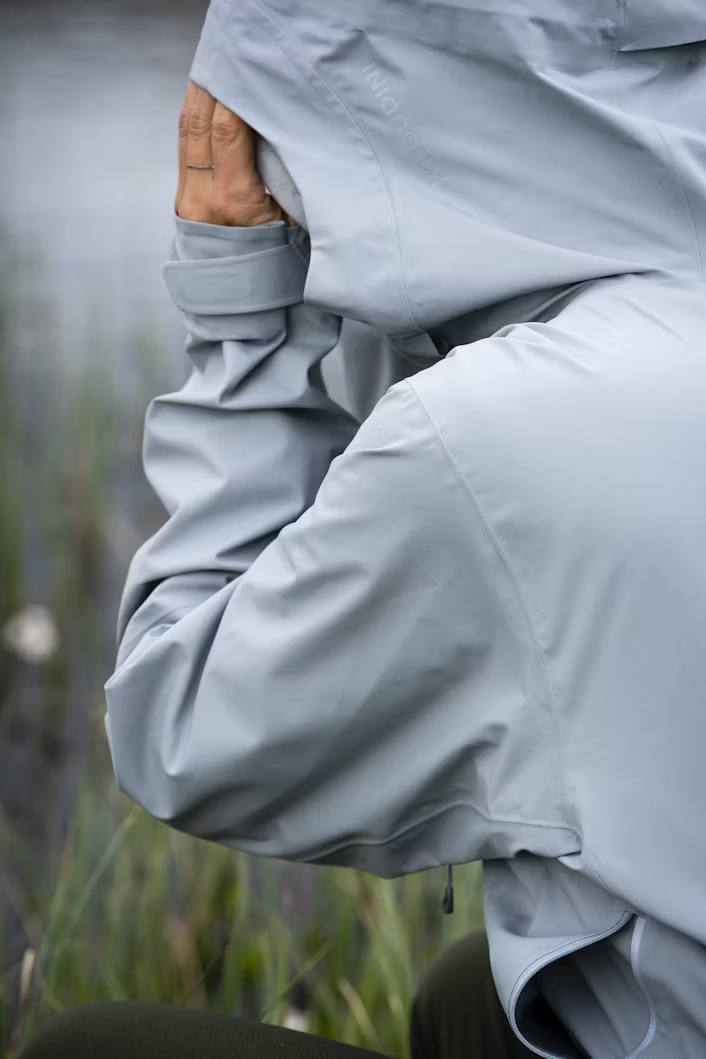
What makes Polestar a brand that Houdini wanted to collaborate with?
I think Polestar is a great partner for us, because we have a lot of things in common. We’re both design and innovation driven, with a strong desire to push things forward, trying to change our respective industries. Our shared Swedish heritage is also important. It might not be that visible, but I think you can sense it. We both have the aim to change society for the better. At Houdini, we don’t just want to make clothes that are eco-friendly. We want to make performance clothing: clothes that both last a long time and provide what’s needed. I think it’s the same at Polestar: you have that strong belief in performance; not only straight-line acceleration but performance in a broader sense of the word.
Houdini states that “our designs are minimalistic, stripped from unnecessary details and simple by construction”, which is also a core tenet of the Polestar design philosophy. What advantages does minimalistic design provide when it comes to clothing?
It’s actually beneficial from a sustainability perspective. For one thing, if they’re minimalistic it makes them timeless. We don’t want people to buy new clothes every season. We don’t want to sell clothes that are part of a short-term collection, or anything that belongs to “right now”. We want our collections to work with each other over time, so if you have an older Houdini garment, then you should be able to pair it with a new Houdini garment. It’s also a question of circular design. If we can make our products as clean and minimalistic as possible, then they’re easy to recycle. Our aim is for our entire collection to be 100% circular by 2022. We’re actually at 72% for this fall collection, so we’re headed in the right direction. We also keep our materials as pure as possible. We never mix synthetics with organics, because then it’s almost impossible to recycle at the product’s end of life. So those are the main advantages to the minimalistic approach we take: they’re timeless, and they’re more recyclable.
Like Polestar, Houdini works with an intentionally curated colour palette. Why is that?
We want our collections to work together. You should be able to match a new pair of pants with a hoodie from five years ago. Colour theory is a big part of our lives at Houdini.
Any final thoughts?
One thing that’s really important to us is to not only talk about change, but to actually do something. For us, it’s super important to both have visions and goals, and to actually work towards them. A lot of companies have very inspiring mission statements, but without action, change can’t happen.
